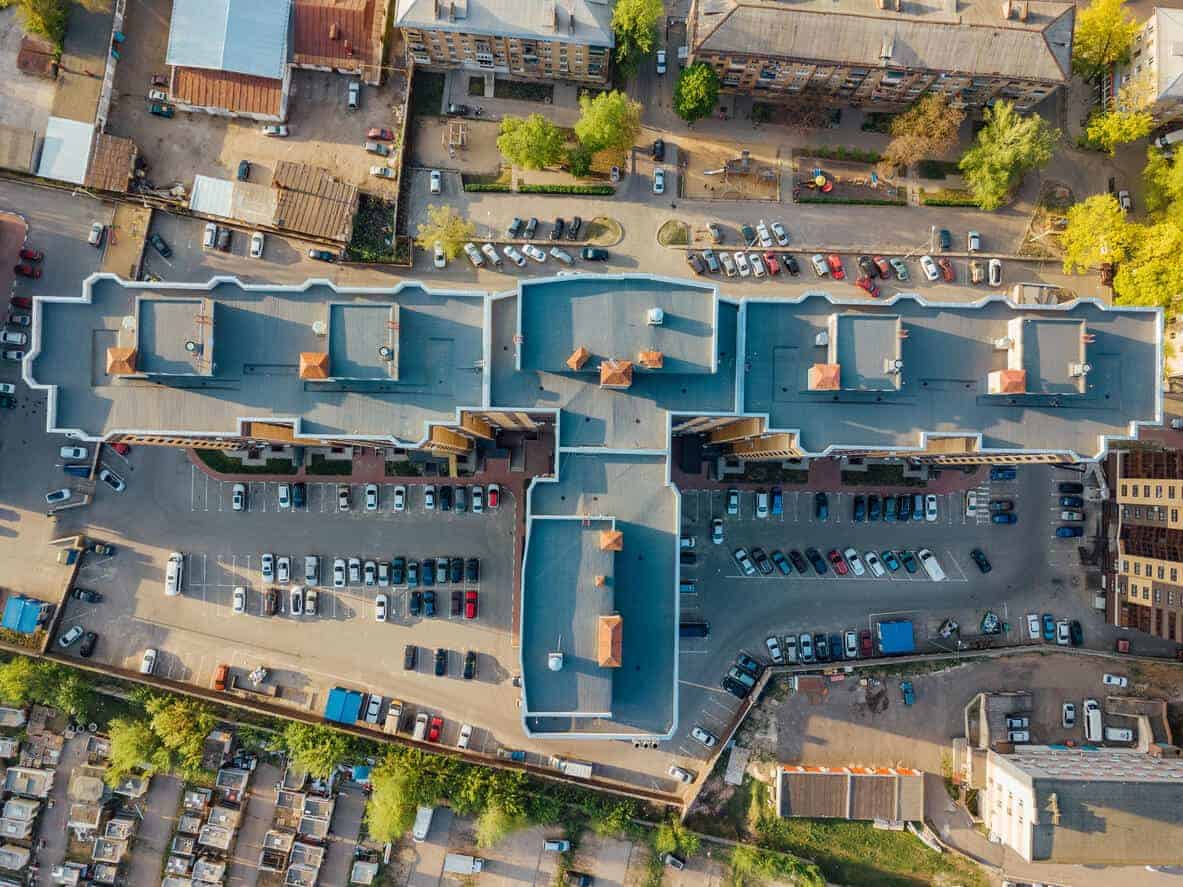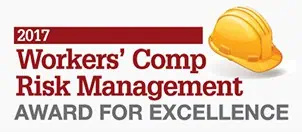While we can’t teach you all there is to know about the commercial roofing industry in a brief blog, here are some terms that might be helpful to know when having a conversation with your industrial roofing contractor. We’ll discuss the most popular types of commercial roofing systems, roof components, and other terms you might hear thrown around when discussing your roofing project.
Commercial Roofing Industry Glossary of Terms
- Built-Up Roofing (BUR): The built-up roof is one of the oldest and most durable roof systems available. It consists of three components: bitumen, ply sheets (typically fiberglass), and gravel (or a mineral cap sheet.)
- Coating: Roof coatings are a monolithic, fully adhered, fluid-applied roofing membrane with elastic properties. They protect the existing roof system and can increase the building’s energy efficiency.
- Cover board: A cover board is installed between the insulation board and the membrane material. It can be made from various materials and add durability to the roof systems.
- EPDM (Ethylene Propylene Diene Monomer): EPDM roof systems are a single-ply rubber material used on low-slope buildings. It can be either adhered, mechanically attached or ballasted and has excellent elongation and durability properties.
- Inverted Roof Assembly: An inverted roof or ‘upside down’ roof is used to describe when the waterproofing layer is beneath the thermal insulation rather than above. This design is used when there is extensive roof traffic or extreme weather conditions.
- Mansard Roof: Mansard roofs are a hybrid between a gambrel roof and a hip roof, which means that instead of having a single slope on each side (like a traditional gable roof), it has two slopes on each side – one that is steeper than the other.
- Modified Bitumen: Modified bitumen is a system made when a polymer is added to the asphalt. There are two types (APP and SBS) of modified bituminous materials (asphalt roofing), and both can withstand high and low temperatures and UV exposure.
- Parapet Wall: The parapet is a wall that is constructed at the roof edge to protect the interior space and ensures the safety of those on the rooftop.
- PVC (Polyvinyl Chloride): PVC is a single-ply system. It is installed with a heat-welded seam and is known for being extremely versatile and chemical resistant (as well as waterproof).
- Roof deck: The roofing deck is the part of the roof structure that is held by joists and trusses. It supports the roofing material, loads of snow, and construction traffic.
- Roof membrane: The membrane is the waterproof roof covering system that protects the roof deck and support structure of a building.
- Roof slope: Slope is the incline of the roof expressed as a ratio of the vertical rise to the horizontal run. This ratio is usually expressed as inches per foot.
- Single Ply Roofing System: Sometimes referred to as elastomeric systems, single ply systems are composed of sheets of flexible compounded plastic material used to shield and cover flat and low-sloped industrial or commercial buildings. There are several types of single-ply systems, including TPO, PVC, and EPDM.
- TPO (Thermoplastic Polyolefin): TPO is a type of single-ply system that is a heat-weldable blend of polypropylene and ethylene propylene rubber components. TPO can be mechanically attached or fully adhered and is known for offering high resistance to UV rays.
Questions About Roof Components? Contact Nations Roof
We understand that this glossary of commercial roofing terms is woefully incomplete. We know you have many questions about your situation’s most cost-effective roof components and roofing systems. To have an in-depth discussion on how we can extend the service life of your roof through preventive maintenance, contact Nations Roof.



